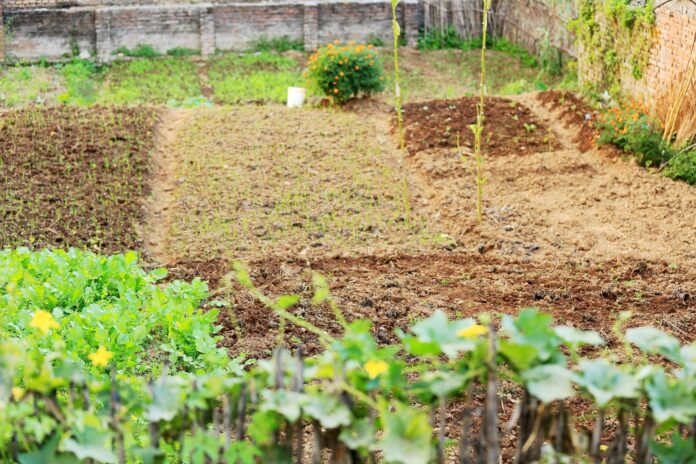Urban gardening is more than just a trend; it’s a vital response to the need for green spaces in increasingly dense environments. As cities grow and natural landscapes shrink, the importance of nurturing our surroundings becomes paramount. Whether you’re an experienced gardener or a novice looking to start, creating an urban garden can be an incredibly rewarding endeavor. Here’s how to transform your limited space into a vibrant oasis.
The Importance of Urban Gardens
Urban gardens offer numerous benefits, including improved air quality, enhanced biodiversity, and opportunities for community building. They serve as a refuge for city dwellers and a way to re-establish connections with nature. With a little effort, anyone can cultivate a thriving green space, regardless of the size of their balcony, patio, or backyard.
Optimize Your Space
When you’re gardening in an urban environment, space is often at a premium. Here are several strategies to maximize your gardening area:
Utilize Vertical Gardening
Vertical gardening allows you to make the most of small spaces. Use wall-mounted planters, trellises, or even repurpose old furniture, like bookshelves or ladders, to create a green wall. This not only saves floor space but also adds a visually striking element to your garden.
Container Gardening
Containers are perfect for urban settings, as they require minimal space and can easily be moved to catch the sunlight. From traditional pots to hanging baskets, the options are endless. You can plant herbs, vegetables, and flowers in containers to personalize your garden while keeping it manageable.
Raised Beds
If you have a bit more space, consider building raised garden beds. They are ideal for growing a variety of plants and offer better drainage, making them easier for urban dwellers with limited ground soil quality. Raised beds create a defined area for your garden, giving it structure while preserving the charm of a green space.
Choosing the Right Plants
Selecting the appropriate plants is crucial for a thriving urban garden. Here’s how to make the right choices:
Pollinator-Friendly Plants
Help support local wildlife by selecting native plants that attract pollinators like bees and butterflies. Flowers such as lavender, salvia, and echinacea not only beautify your space but also contribute to the local ecosystem.
Edible Gardening
Growing your food can be a delightful and educational experience. Start with herbs like basil, mint, and parsley that thrive in containers. With a bit more space, you can grow tomatoes, peppers, or even small fruit trees. The joy of harvesting your own produce is unparalleled.
Seasonal Plants
Incorporate a mix of perennials and annuals to ensure your garden is vibrant throughout the year. By choosing seasonal plants, you can create a constantly changing landscape that will keep your urban garden interesting and engaging.
Integrating Sustainable Practices
Urban gardening provides an excellent opportunity to implement sustainable practices that help the environment. Here are a few methods to consider:
Composting
Start composting kitchen scraps and garden waste to create nutrient-rich soil for your plants. Not only is this environmentally friendly, but it also reduces waste. Many urban gardeners have successfully integrated composting into their small spaces using worm bins or bokashi systems.
Water Conservation
Use rain barrels to collect water for your garden and consider drip irrigation systems for efficient watering. These resources not only conserve water but also help keep your plants healthy.
Organic Gardening
Embrace organic gardening techniques by using natural fertilizers and pest control methods. This not only enhances the quality of your plants but also minimizes the impact on the local environment.
Design Elements for Urban Gardens
Creating an inviting urban garden also involves thoughtful design. Here are a few considerations to enhance the aesthetic appeal of your green space:
Pathways and Borders
Establish clear pathways to guide visitors and facilitate maintenance. Use stones, gravel, or wood to create defined borders for your garden beds, improving accessibility while adding charm.
Seating Areas
Incorporate seating into your urban garden to create an inviting space for relaxation and socialization. Benches, chairs, or even a simple picnic table can transform your garden into a living area.
Art and Decor
Don’t shy away from adding personal touches, such as sculptures, bird feeders, or garden art. These additions will not only beautify your space but also reflect your personality and creativity.
Conclusion
Transforming an urban setting into a green sanctuary is both an enriching and attainable goal. By optimizing your space, selecting the right plants, and adopting sustainable practices, you can create an urban garden that serves both your needs and the environment. Whether for relaxation or community engagement, your urban garden is a testament to the beauty of nature, even amid the hustle and bustle of city life. Happy gardening!














